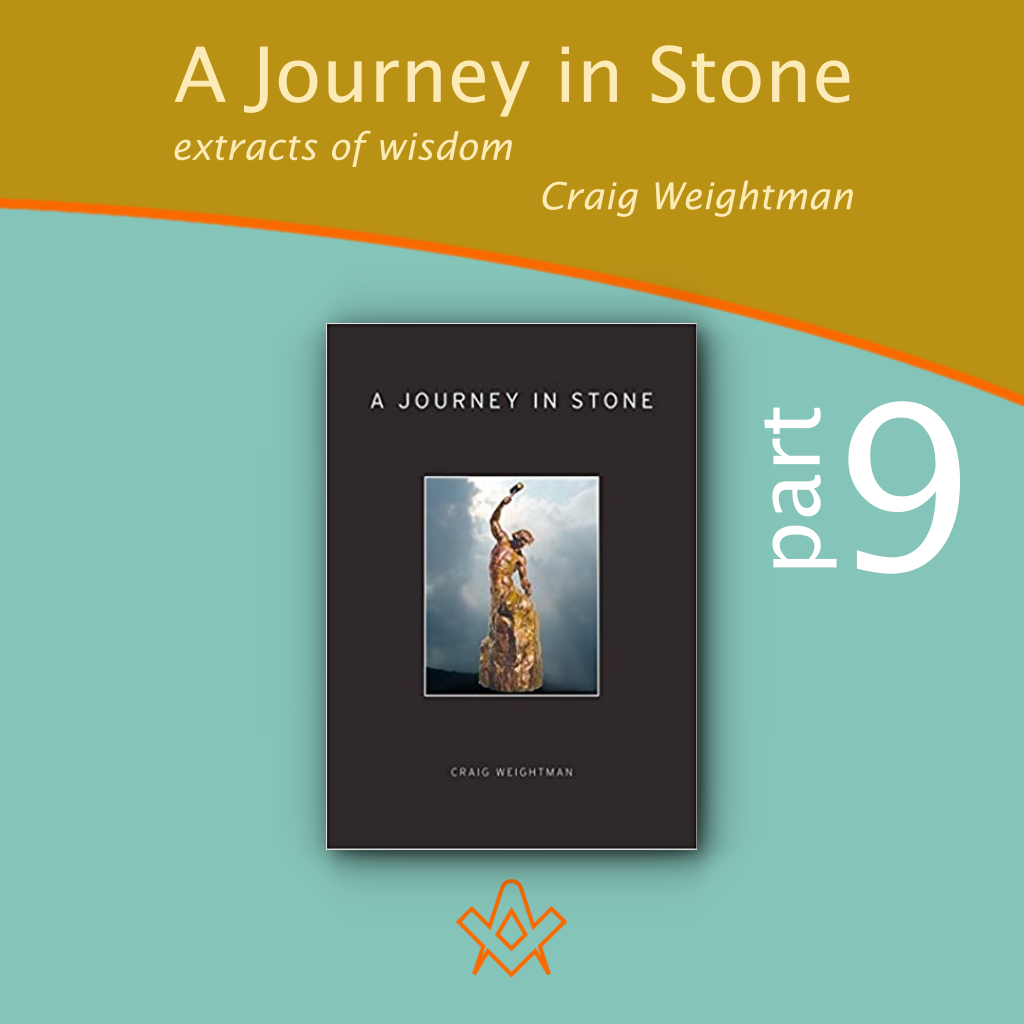For those who have enjoyed Craig Weightman’s thought-provoking and inspiring monthly features, this book collates his collective wisdom and philosophy, taking you on a fascinating ‘journey in stone’.
Over the next months, we will feature select extracts from ‘A Journey in Stone’ – if you enjoy these, please support Craig’s work by buying a copy.
“This book is the result of years of exploration by myself since I joined the Order of Freemasons in 2004. After following an identical story to the one expressed at the beginning of this preface, I found the process of initiation a truly transformative process.”
Craig Weightman.
A Journey in Stone
The Illusion of the Self and the Truth of Interdependency
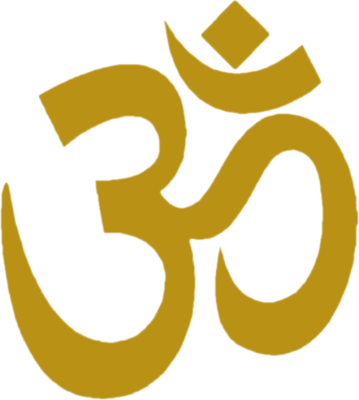
‘Om, the Divine Symbol of Hinduism’
The journey of the Freemason cannot be completed by simply experiencing the three parts of initiation represented by the Three Degrees.
The initiation ceremonies themselves are only intended to be springboards for further contemplation.
The initiation process must involve, by necessity, a certain degree of experimentation in the laboratory of one’s own life.
The true meaning and usefulness of the symbols presented in the Degrees of Freemasonry can only ever be understood by attempting to utilise what they represent in everyday living.
Therefore, the majority of the journey of the Freemason takes place outside the doors of the lodge, in the wider world.
As the Freemason goes through life using the working- tools, they gradually uncover aspects of themselves and understand their connection with those around them.
This entire process involves a great deal of looking inward and introspection, and it would seem at first glance that Freemasonry is too focused on the Self.
Freemasonry, in general, has an outward-looking focus. Freemasonry promotes charitable giving and encourages its members to render themselves more serviceable to the wider community, so being a Freemason is meant to be about living selflessly.
In order to help a Masonic Initiate to embrace selfless action, Masonic initiation is designed to help the Candidate to further understand the nature of the Self and how it relates to the rest of the world.
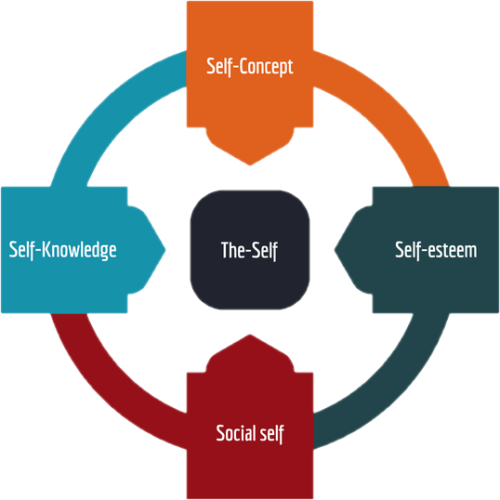
One’s self-perception is defined by one’s self-concept, self-knowledge, self-esteem, and social self.
IMAGE LINKED: wikimedia Attribution 4.0 International (CC BY 4.0)
However, the concept of the Self is not always as clear-cut as it might at first seem. Ordinarily, we use the term ‘Self’ to refer to the watcher that appears to experience the world from inside our bodies.
There is a sense that we somehow live somewhere behind our faces, looking out through the windows that we call the eyes.
The term ‘Self’ mainly refers to feelings and conscious experience directly, but we do not always use the same term to refer to our physicality.
To explain further, we would generally refer to ourselves in conversation by using the words ‘I’ or ‘me’.
These are both words that relate directly to the concept of the Self, but we also use terms like ‘my body’ to refer to our flesh-and-blood presence.
It would appear that we have a sense that we exist as an entity within our bodies and that this entity owns that body but is not entirely defined by it.
What, then, is actually defining itself by using words like ‘I’? The most obvious candidate would appear to be the brain.
After all, everything we think, say, or do can be matched up to activity in our central nervous systems.
However, we also refer to this lump of grey matter as ‘my brain.’ This would imply there is something that perhaps exists separately from the brain, which is in possession of, but not entirely defined by, a brain.
Clearly, it is this feeling that gives rise to the sense that we exist as an entity that is integral yet separate from our bodies. There indeed seems to exist, a Self. Yet, if this Self exists then where and what is it?
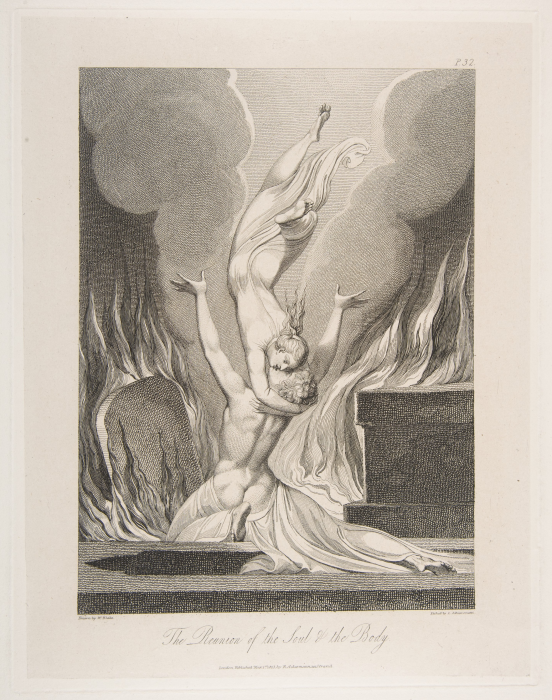
The Reunion of the Soul & the Body, from “The Grave,” a Poem by Robert Blair. After William Blake (1757-1827). Engraving by Luigi Schiavonetti. March 1, 1813.
IMAGE LINKED: Met Museum OA CC0-1.0
Many traditions have sought to answer this question. One religious argument is that there is a soul, or essential spirit, that represents the true nature of the Self, and that our bodies are merely vessels for this essential Self.
This particular idea gives rise to the concept that the soul continues after death, and that our ultimate destinies lie elsewhere, beyond this life.
Within Freemasonry, the Degree that deals with the Self is the Third Degree, also called the Degree of a Master Mason. In this ceremony, the Masonic Candidate is invited to contemplate the subject of death and what it means to the living of their life.
An appreciation of death, rather than being something that should be shied away from, helps to place all of life into perspective. Ordinarily, we pass through life thinking about death as little as possible.
However, understanding that life is limited can serve in helping us to understand just how precious life truly is. We all have the opportunity to use our life to the great benefit of many, but we have only limited time to do so: there is, literally, no time like the present.
The Third Degree does not however just concern itself with the awful subject of actual death. It also attempts to symbolise the death of the concept of the Self.
Up until the Third Degree the emphasis has been on the Candidate and his progress on the Masonic journey, but in the final Craft Degree the Self is symbolically extinguished and the Initiate is made aware of their wider importance in the world.
Once a Candidate undergoes the symbolic demise of the illusory sense of Self they are then shown that they live, by necessity, within a network of fellowship. Once the veil of the illusory Self has slipped away, the wider picture becomes far more apparent.
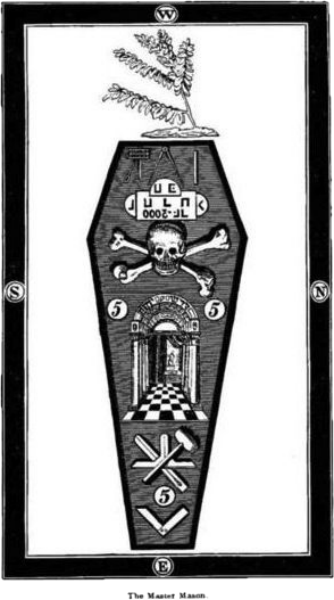
Eventually, the journey of the Freemason results in a mind that has been trained to act in accordance with morality.
Alongside this, the focus on the Self has revealed that there exists a mysterious quality of the mind that appears to transcend rational understanding. This of course, is the mysterious quality of experience itself.
Yet even though the knowledge of themselves has been greatly improved, the Freemason soon discovers that the very nature of the Self is indeed a figment generated in dependence on other things, that the individual cannot exist without other people, and that, truly, no person is an island.
The focus then shifts from the ideals of the morally improved mind to the subject of how this mind can be used to serve others.
Having been crafted by the process of initiation and years of studying the nature of themselves, the Freemason understands the value of conducting their life according to Masonic principles.
By conducting their affairs according to the highest virtues, their behaviour becomes beneficial to everyone that the Freemason meets.
If each Freemason continues to act in this way, a lot of good extends into the world along the lines of interconnectedness that inextricably binds us all together.
Edited and abridged from Chapter 8 – The Illusion of the Self and the Truth of Interdependency, ‘A Journey in Stone’ by Craig Weightman. Reproduced with permission from the publisher Lewis Masonic. All rights reserved.
Reproduced with permission from the publisher Lewis Masonic. All rights reserved.
Follow Craig on Twitter: @WeightmanCraig
Read about Craig’s work as a Senior lecturer in Games and Visual Effects, Staffordshire University
https://theconversation.com/profiles/craig-weightman-430199/articles
Article by: Craig Weightman

Craig Weightman grew up in Hinckley, Leicestershire and was educated at the University of Leicester, gaining a degree in Psychology and Computer Science.
He was initiated into Freemasonry in 2003, and became master of his lodge in 2014.
Outside of his interests in Freemasonry, Craig is a lecturer in Computer Games Design and Computer Science at a college in Warwickshire. He also develops websites for businesses.
Craig is the author of 'A Journey in Stone'.
 A Journey in Stone – Extracts of Wisdom p.10 More extracts of wisdom from Craig Weightman's book 'A Journey in Stone' – in this final part in the serialisation, we discover the Transformative Symbolism of the Royal Arch – and the end of the journey. |
 A Journey in Stone – Extracts of Wisdom p.9 More extracts of wisdom from Craig Weightman's book 'A Journey in Stone' – this month, we explore the 'Illusion of the Self and the Truth of Interdependency' |
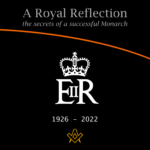 A Royal Reflection – the secrets of a successful Monarch On the death of Her Majesty Queen Elizabeth II, Craig Weightman, in a fitting tribute to an exemplar, recently departed, reflects on how the late Monarch's life demonstrated how we should all live every moment, as we serve others. A poignant reflection on a life that was resplendent in virtue, to the benefit of all, which is what Freemasonry attempts to teach us. |
 A Journey in Stone – Extracts of Wisdom p.8 More extracts of wisdom from Craig Weightman's book 'A Journey in Stone' – this month, we explore |
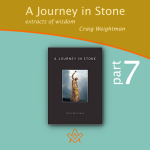 A Journey in Stone – Extracts of Wisdom p.7 More extracts of wisdom from Craig Weightman's book 'A Journey in Stone' – this month, we explore |
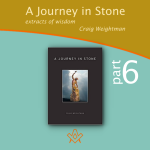 A Journey in Stone – Extracts of Wisdom p.6 More extracts of wisdom from Craig Weightman's book 'A Journey in Stone' – this month, we explore the Working Tools of the Third Degree. |
 A Journey in Stone – Extracts of Wisdom p.5 More extracts of wisdom from Craig Weightman's book 'A Journey in Stone' – this month, we explore the Working Tools of the Second Degree. |
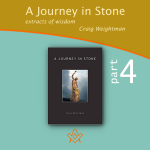 A Journey in Stone – Extracts of Wisdom p.4 The Working Tools of the First Degree – the twenty-four-inch gauge. This book collates masonic author and psychologist, Craig Weightman's collective wisdom and philosophy, taking you on a fascinating 'journey in stone'. |
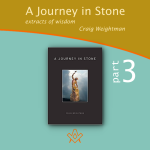 A Journey in Stone – Extracts of Wisdom p.3 This book collates masonic author and psychologist, Craig Weightman's collective wisdom and philosophy, taking you on a fascinating 'journey in stone'. |
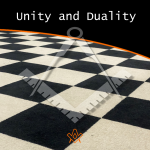 Craig continues his previous exploration into the 'hero's journey' through life's travails; this month we discover how within the stormy sea of battling opinion and confusion, there is an island called Freemasonry. |
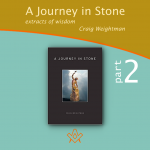 A Journey in Stone – Extracts of Wisdom p.2 This book collates masonic author and psychologist, Craig Weightman's collective wisdom and philosophy, taking you on a fascinating 'journey in stone'. |
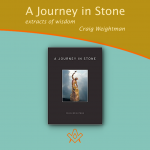 A Journey in Stone – Extracts of Wisdom p.1 For those who have enjoyed Craig Weightman's thought-provoking and inspiring monthly features, this book collates his collective wisdom and philosophy, taking you on a fascinating 'journey in stone'. |
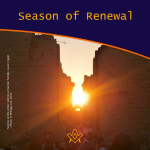 This spectacle takes place at the same time every year. Literally, the sun 'dies' for three days, then is reborn on the Christmas morning. |
 Coming to Terms with the Great War Within Ourselves Discover your 'shadow' - the black-and-white path to self-awareness - "A man who is possessed by his shadow is always standing in his own light and falling into his own traps...living below his own level." - Carl Jung |
 The Masonic Art of Being a Gentleman What defines the masonic art of being a gentleman; a chivalrous, courteous, or honourable man? |
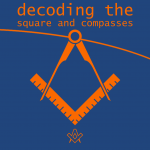 Decoding the Square and Compasses The square and compasses is the most famous symbol with which Freemasonry is identified. However, this is not just a logo that helps the organisation to stand out from the rest. |
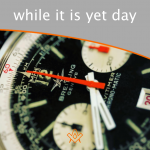 Each moment is a gift that you can make the most of. We can all do more; many of us do not live our lives to the full. |
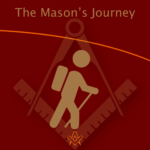 The hero’s journey can also be seen in the Masonic system; a candidate first considers embarking on the Masonic journey but wonders whether it is really for him |
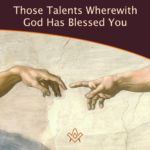 Those Talents Wherewith God Has Blessed You Incorporated in the charge to the initiate, has a lasting impression of what Freemasonry is all about. |
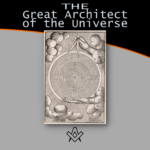 The Great Architect of the Universe When a candidate for 'Regular' Freemasonry is interviewed, prior to being admitted, he is always asked if he believes in a Supreme Being. |
masonic knowledge
to be a better citizen of the world
share the square with two brothers

click image to open email app on mobile device


